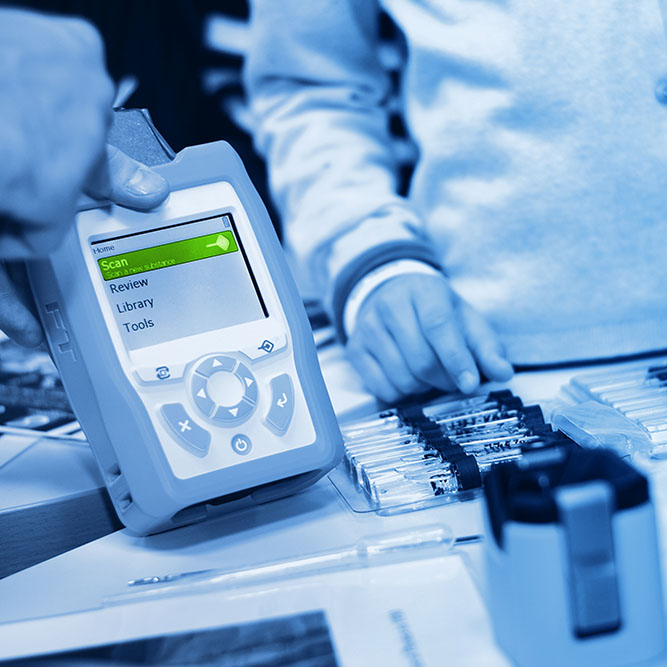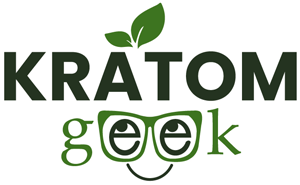Utilizing scientific evidence is the only way the kratom industry and its advocates can hope to achieve some sort of sensible legislation in the United States for kratom possession and consumption. And the sooner that it happens, then the better off the entire kratom industry will be. Right now, each moment that goes by without legal protection in place for kratom consumers allows the Drug Enforcement Agency (DEA) and the Food and Drug Administration (FDA) ample time to pull together as a team and ban the leaf from reaching our nation.
We already know both federal agencies would like to see the plant made illegal. The DEA tried to rush a temporary ban four years ago in 2016, but outspoken support for the plant made it impossible to achieve. Since that moment, the FDA has made it extremely difficult to market kratom in the US. The agency issued import alerts on kratom products in the past. However, the kratom market has seen an increase in demand every year. Plus, there is no shortage of kratom in the states, either.
That’s because a lot of Indonesian suppliers have been mislabeling shipments to keep customs from intervening. But the FDA recently has been working to establish new techniques that will make it more troublesome for vendors to obtain those packages. And one way the FDA might pull that off is by using a handheld device that can detect mitragynine (an alkaloid present in kratom) in herbal substances, making the mislabeling game obsolete.
Surface‐Enhanced Raman Spectroscopy
The handheld device is not something from science fiction, either. It does exist. And it works. The specific piece of hardware we’re talking about is known as a surface-enhanced Raman spectroscopy. To give you guys a better understanding of how it works, I’ll break down some of the science behind the device. You see, spectroscopy—in general—is the scientific study and measuring of spectra (the wavelength of light) when matter interacts or emits electromagnetic radiation.
And Raman spectroscopy is named after the Nobel Prize winner Sir Chandrasekhara Venkata Raman. He figured out that whenever light interacts with transparent substances, the deflected light changes wavelengths. And that scattering is called the Raman effect.
A laser is used to beam into the material that’s being tested. The photons inside the laser interact with molecules. That causes the molecules to vibrate. With the molecule shaking, it forces a change in the wavelength produced by the laser. The wavelength emitted from the vibrating bonds between the atoms creates a distinct reading that can then be interpreted as a fingerprint for known molecules.
And it’s pretty accurate at performing the function, too. In the study conducted, the method was applied to over 1,000 examinations. And the results showed the device yielded a true-positive rate of 99.3%, a true-negative rate of 97.9%, a false-positive rate of 2.1%, and a false-negative rate of 0.7%. Those results mean the machine had less than a percentage point from getting it right every single time that kratom was present.
The IMF’s May Use the Technology
The scientific study showed how accurate surface-enhanced Raman spectroscopy was regarding the ability to identify specific molecules in a powdered substance like mitragynine in kratom. But then, the report goes on to suggest the method would be ideal for testing substances at the International Mail Facility (IMF) satellite laboratories to interdict kratom from entering the United States. And I would like to stress the wording the paper used: “prevent this dangerous product from reaching the US supply chain.”
Now, there are two things to take away from all that. One: the FDA was currently not using the handheld device at the time of the report—hence, the suggestion to do so. And two: the verbiage of “dangerous product” when discussing kratom shows the biases of those doing the scientific study. We all know that kratom is relatively harmless, so the propaganda that’s included demonstrates the misguided influence the researchers incorporated into the report.
But if the FDA plans to use the technology at IMFs in the future, then we know the locations where this strategy will take place. At the moment, there are currently nine IMF locations controlled by our government. Florida, Hawaii, Illinois, New Jersey, New York, Puerto Rico, and the US Virgin Islands all have a facility. And California has two locations in the state.
The IMFs are used by the FDA to make sure illicit or dangerous substances never make it through the mail. But recently, the FDA has been unconstitutionally banning legal imports from entering, too.
Government Agencies Have Used the Technology Before
Ramen spectroscopy is not a new technology for government agencies. It’s been in place for years. Previously, the laboratory-based instruments were used to analyze illegal drugs in certain cases—a practice that’s been happening for the past few decades. The government would use spectroscopy to fingerprint illicit substances that were linked to drug overdoses. And it was a valuable tool. Investigators were then able to identify when confiscated drugs had been spiked with dangerous drugs like fentanyl—a dangerous synthetic opioid that plagues our nation.
Even though the criminal divisions of our government use the technology, other government agencies also have access to its capabilities. The FDA has been using Raman spectroscopy for a while, too. And the FDA has shown an interest in using the devices on plant products for the most part. Since the federal legalization of industrial hemp and certain states passing recreational/medical cannabis laws, the FDA has taken to the method for the identification of cannabinoids that are used in food and beverage products on the market.
And those types of instances are completely within reason for the agency to use the machines. Those specific scenarios are well within the FDA’s guidelines. Nobody should take issue that federal agencies use these discoveries as long as the practice abides by the laws of our nation and are not haphazardly misusing the taxpayer-purchased machinery in pursuit of unlawful means by the government. However, as we’ve witnessed with kratom, the FDA does like to step outside of its jurisdiction.
A Waste of Resources and Effort
Using that type of technology to test for kratom is a huge waste of resources and effort. We know that the federal government loves to waste money. It has been doing it since its inception. And why wouldn’t it? Every dime the federal agencies spend comes from our pockets—collected through taxes. So, to the government, that money is technically free. And it’s not like Capitol Hill works for it. Our government is more likely to pass legislation that screws us over than it is to create a bill that works in our favor.
Now, I’m not saying a surface-enhanced Raman spectroscopy is a waste of cash. As we’ve already went over, there a lot of things the machine is great for. Utilizing that technology for the right purposes (like making sure fentanyl and other dangerous drugs aren’t entering our country) creates an inconsequential argument over the price tag of the device and the manpower to operate it. But to wield such an advanced piece of machinery to determine if a legal substance is entering our borders is just ludicrous. Kratom is not an illegal product. It’s not dangerous. Nobody has ever died from it. It’s just an herbal leaf with therapeutic benefits.
Mitragyna speciosa has helped a massive amount of people in our country with certain afflictions. And taking the plant away would do so much damage in those people’s lives: the same people who pay taxes that fund the FDA. That agency bites the hand that feeds them.






